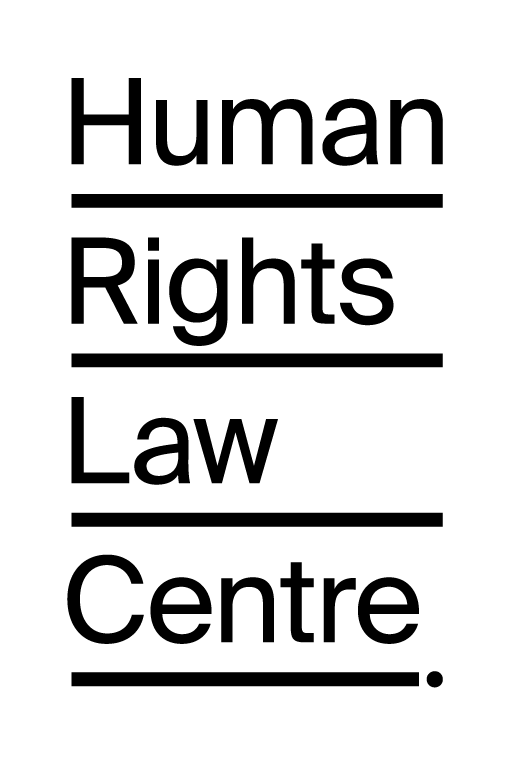Realising the Right to Equality - Submission on the Consolidation of Federal Anti-Discrimination Laws
On 24 January 2012, the Human Rights Law Centre released its submission in response to the Attorney-General Department’s discussion paper on the consolidation of federal anti-discrimination laws. The HRLC’s submission, Realising the Right to Equality, recommends simplifying, strengthening and updating the law to ensure that Australia fulfils its human rights obligations. The HRLC recommends the Consolidated Act reflect the aims of promoting substantive equality and eliminating discrimination. The submission also makes a number of key recommendations for strengthening protections and making the law more accessible, including:
- making explicit the duty to promote equality and eliminate discrimination;
- guaranteeing equality before the law and prohibiting discrimination in all areas of public life;
- simplifying the test for discrimination by removing unnecessary technicalities such as the ‘comparator test’ and clarifying the duty to make reasonable adjustments;
- sharing the burden of proof when discrimination complaints are heard by the Courts;
- prohibiting harassment and vilification on the basis of all attributes;
- expanding protections to include gender identity; sexual orientation; intersex status; religion, criminal record, political opinion, nationality, industrial activity, family/carer responsibilities, homelessness, experiences of domestic/family violence and other relevant status
- clarifying that intersectional discrimination, which is based on two or more protected attributes, is also unlawful;
- removing arbitrary and outdated blanket exemptions for religious bodies, clubs, partnerships or voluntary work and replacing these with a broad ‘general exceptions test’ which requires a principled and balanced assessment on a case-by-case basis;
- relieving the burden placed on complaints, for example, by reducing the risk of being ordered to pay a respondent’s legal costs; and
- strengthening the Australian Human Rights Commission’s powers, for example, by enabling it to inquire and investigate broader range of issues, make binding agreements, issue compliance notices and run cases before the courts.
If adopted, the HRLC’s recommendations would not only bring Australia in line with our international human rights obligations, it would also contribute to a fairer, healthier, more inclusive and prosperous Australia.
